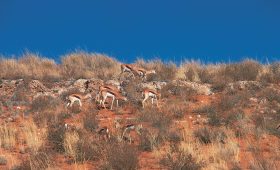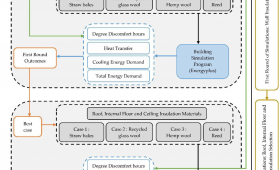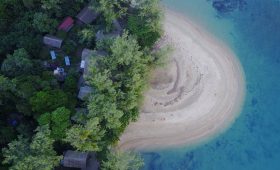Exploring Barra Honda National Park
Barra Honda National Park in Costa Rica is a fascinating destination for those interested in geology and biodiversity. Established in 1974, the park was created to protect its unique limestone cave system. Covering an area of 2,295 hectares (5,670 acres), the park features forested rocky slopes, scrubby brushland, and open fields. It’s a place where you can explore underground wonders and observe diverse wildlife.
The Limestone Caves
The park’s limestone caves are its main attraction, with over 40 caves to explore. The Terciopelo Cave is popular, but don’t miss the Nicoa Cave, where pre-Columbian human remains and artifacts were discovered. The Santa Ana Cave is the deepest, plunging more than 240 meters, and is known for its impressive stalactites and columns. Other notable formations include the Hall of Pearls and the Hall of Caverns, each offering unique geological features.
Wildlife and Ecosystems
Barra Honda is a haven for wildlife enthusiasts. The park is home to more than 150 bird species, including the striking scarlet macaw. You’ll also find colonies of bats in the caves and a variety of mammals, reptiles, and amphibians. Some species in the underground rivers and pools are completely blind, adapted to the dark environment. The flora includes vibrant orchids and towering ceiba trees.
Best Time to Visit
The dry season, from December to April, is the ideal time to visit. The weather is more predictable, making cave exploration and hiking safer and more enjoyable. However, if you prefer lush landscapes, the rainy season transforms the park into a green paradise, with waterfalls at their peak.
Getting There
Reaching Barra Honda National Park requires some planning. Located in the Nicoya Peninsula of Guanacaste, the nearest international airport is Daniel Oduber Quirós International Airport in Liberia. From there, it’s about a two-hour drive. A 4WD vehicle is recommended due to the rough dirt roads. Drive west on highway CA-18 to Quebrada Honda, then follow signs for Santa Ana and Barra Honda.
Local Transportation
Once at the park, exploring is best done on foot. Well-maintained hiking trails lead to the caves and through the diverse ecosystems. Some caves require physical agility, with ladders and narrow passages. Guided tours are available, offering transportation and insights from knowledgeable guides.
Accommodations and Amenities
There are no stores within the park, so bring any supplies you need. Nearby, in the village of Santa Ana, you’ll find Casita Barra Honda, a family-run lodge offering home-cooked Costa Rican cuisine and a camping area. Alternatively, Villa Nico y Anita in El Plave provides hostel accommodations with amenities like a swimming pool and hammocks. Both options require advance arrangements.



